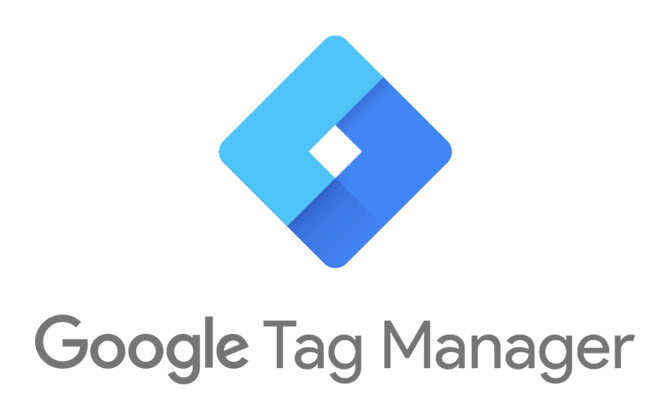Google Tag Manager is a tag management system that makes it possible to update tracking codes and related code fractions or tags. Hence its name is also known as website or mobile app tag manager.
This tool was developed to help users insert small “snippets” from Google Analytics. Snippets are small reusable parts of source code, machine code or text that can be easily integrated into much larger modules, providing functionality.
Google Tag Manager was launched on October 1, 2012 and its evolution since then has been in crescendo.
Function and operation of Google Tag Manager
This tool makes it possible to greatly facilitate the management of scripts to monitor and measure any event that arises on our website.
It is a code that forms a container iframe that placed after the opening of the body on a page will replace most of the tracking tags. So when previously the campaign tracking tags were implemented one by one, currently with the Tag Manager, several tags can be replaced. To establish the container and indicate which tags we want to activate and on which pages we will enter the Google Tag Manager online tool. The changes that have been happening over time have allowed its interface to have improved substantially, resembling other Google tools.
In short, we can say that this is one of the most powerful tools containing a wide variety of options for marketing experts. It is an easy and simple option to connect a website or application with Google or third-party tools to send data requested by them.

